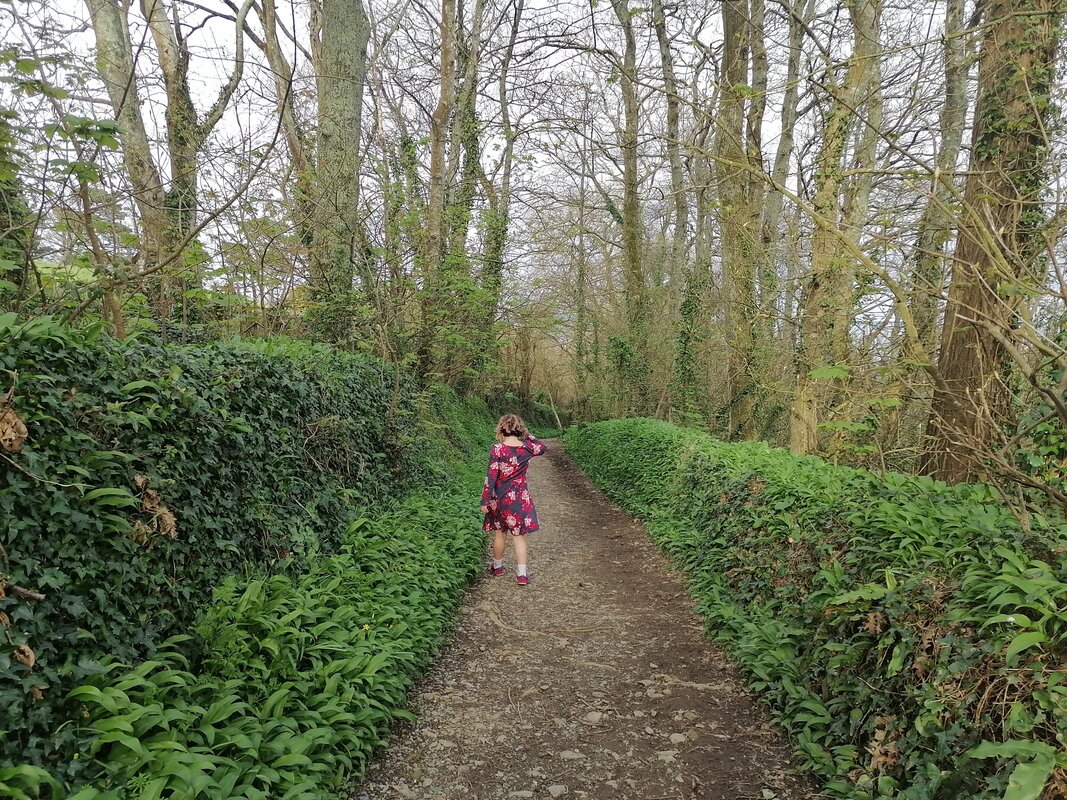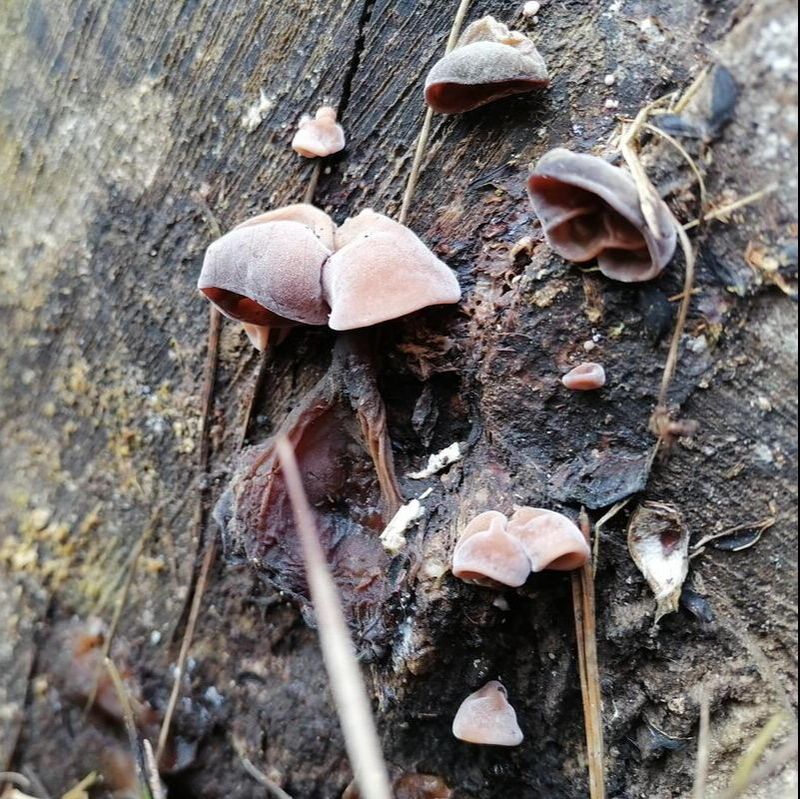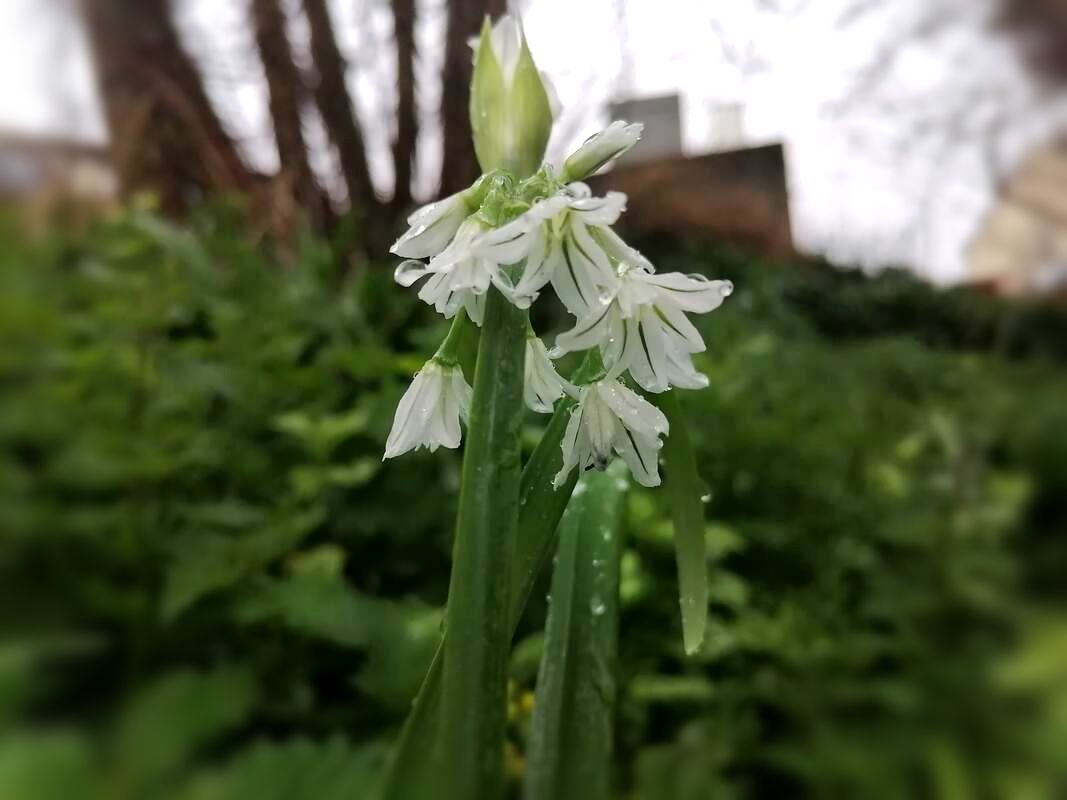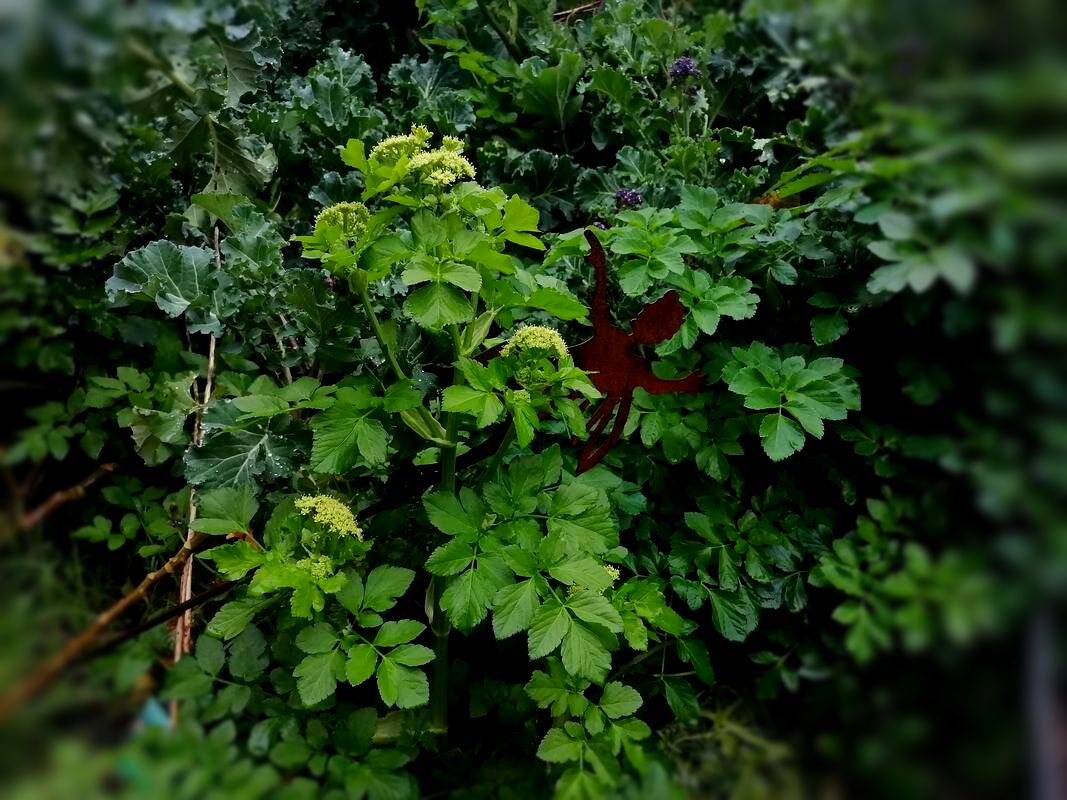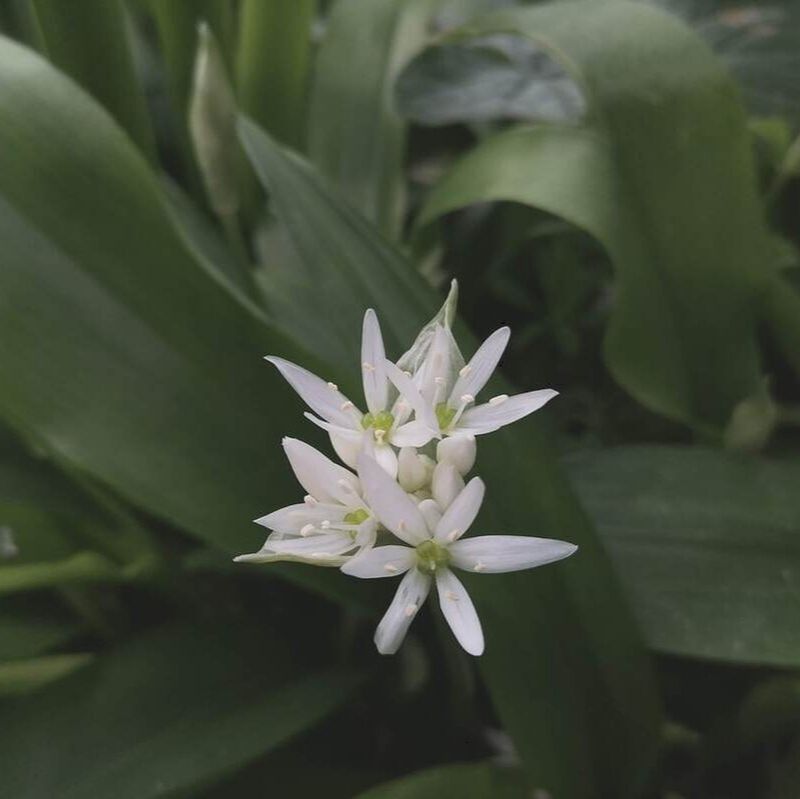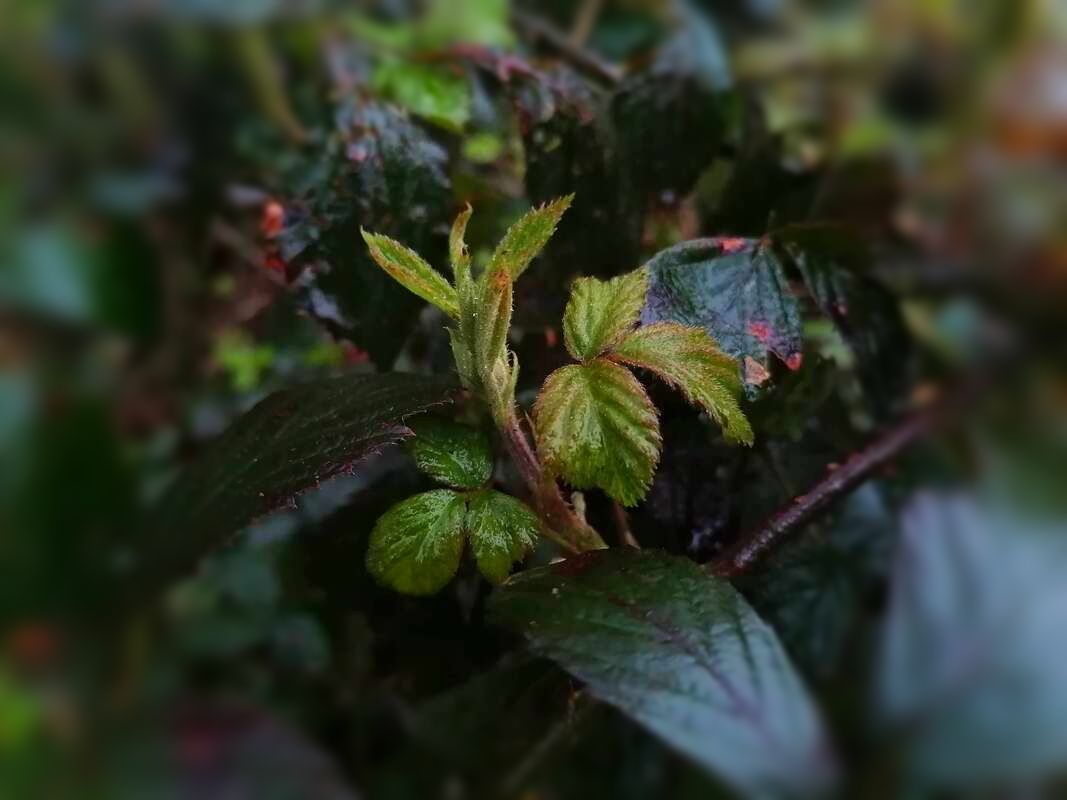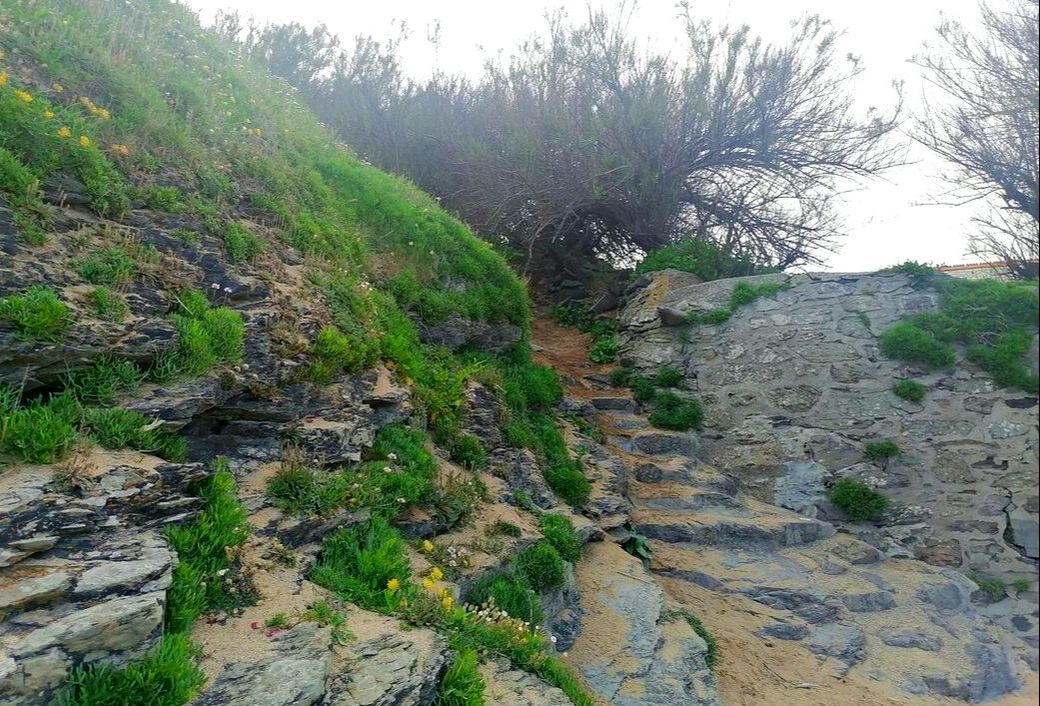|
Spring is finally springing into action! Wild garlic in Cornwall has just started flowering, Magnolia trees are covered in their aromatic flowers and hogweed shoots are out in force. So whether you are a local well versed in our vagarities or a visitor to this little slice of heaven, please read on to discover what you can forage for free RIGHT NOW! (Or scroll to the bottom for a comprehensive list.)
Smurnium olastrum commonly known as Alexanders loves the edges and the sea breeze. Hedgerows and roadside verges in Cornwall are covered with this aromatic plant. Currently this plant is in flower, but if you can find unopened flower heads they can make an excellent substitute for broccoli. But our favorite use of Alexanders is in the autumn, once the flowers have turned into seeds. These can be dried out and used in cooking as an aromatic peppercorn.
thrives. This is partly because of our coastal geography and partly because of our mining heritage. So please, whilst I encourage you to make the most of this plant, be mindful of foraging sustainably. The foragers’ favourite, Heracleum spondylium, common hogweed, is currently at it’s most delicious phase in Cornwall. The young shoots make a wonderful addition to any dish containing greens. Matt likes to describe this as “asparagus on steroids”. I however disagree, I don’t like asparagus but like most foragers I love hogweed shoots. Tempura is absolutely the best way to enjoy this hedgerow delicacy.
Crithmum maritimum, rock samphire, is a marmite plant, people either rave over it’s unusual taste whereas for others the heavily perfumed taste is too much. It clings to rock walls on beaches, favouring an above tide rocky niche. Strongly aromatic, Matt likes to pickle this which makes it much more palatable and served with cheese and biscuits. As much as I would love to go into detail about the various offerings available right now, I think a casual reader would get bored. I’ve included below a few seaweeds you might want to forage because whilst most seaweed is edible, not all seaweed is palatable! We are currently in peak seaweed season, towards the end of spring/early summer the seaweed starts to spawn becoming slimy and tough. Also during the summer months some seaweed completely dies back, which is why Matt doesn’t like to go foraging for seaweed after late spring. Please find below a comprehensive list of what can be foraged and eaten in Cornwall’s fields, hedges, beaches and estuaries during these Easter holidays. Hedgerow and Grassland Foraging:Allium Ampeloprasum var. Babingtonii Babington’s leek Allium triquetrum Three-cornered leek Allium usinum Wild garlic Allium vineale Crow garlic Brassica nigra Black mustard Capsella bursa-pastoris Shepherd's purse Cardamine hirsuta Hairy bittercress Galium aparine Cleevers Glechoma hederacea Ground ivy Heracleum sphondylium Common Hogweed Magnolia grandiflora Magnolia flowers Mentha aquatica Water mint Oxalis acetosella Wood sorrel Plantago coronopus Stagshorn plantain Plantago lanceolata Ribwort plantain Plantago major Broadleaf plantain Rubus fruticosus Bramble buds Rumex acetosa Common sorrel Smurnium olastrum Alexanders Taraxacum officinale Dandelion Urtica dioica Nettles Viola odorata Sweet violets Stellaria media Chickweed Fungi Foraging:Auricularia auricula-judae Jelly ear fungi Calocybe gambosa St. George's mushroom Morchella vulgaris Morels Pleurotus ostreatus Oyster mushroom Sarcosypha austriaca Scarlet elf cups Estuary Foraging:Apium graveolens Wild celery (this is incredibly rare, if you think you’ve found wild celery the chances are that it is actually it’s cousin, hemlock water dropwort Oenanthe crocata which is HIGHLY POISONOUS. This is not a plant for a novice forager.) Halimione portulacoides Sea purslane Triglochin maritima Sea arrowgrass Coastal Foraging:Beta vulgaris subsp. Maritima Sea beet Cochlearia officinalis Scurvy grass Crithmum maritimum Rock samphire Daucus carota Wild carrot Raphanus maritimus Sea radish Seaweed Foraging:Chondrus crispus Carrageen (used not so much for eating but as a thickening agent)
Duymontia contorta Dumont’s tubular weed Fucus serratus Serrated wrack tips Himanthalia elongata Sea spaghetti Osmundea pinnatifida Pepper dulce Palmaria palmata Red dulce Polysiphonia lanosa Sea truffle Porphyra umbilicalis Laver / nori Sargassum muticum Japanese wireweed Ulva lactuca Sea lettuce
1 Comment
|
